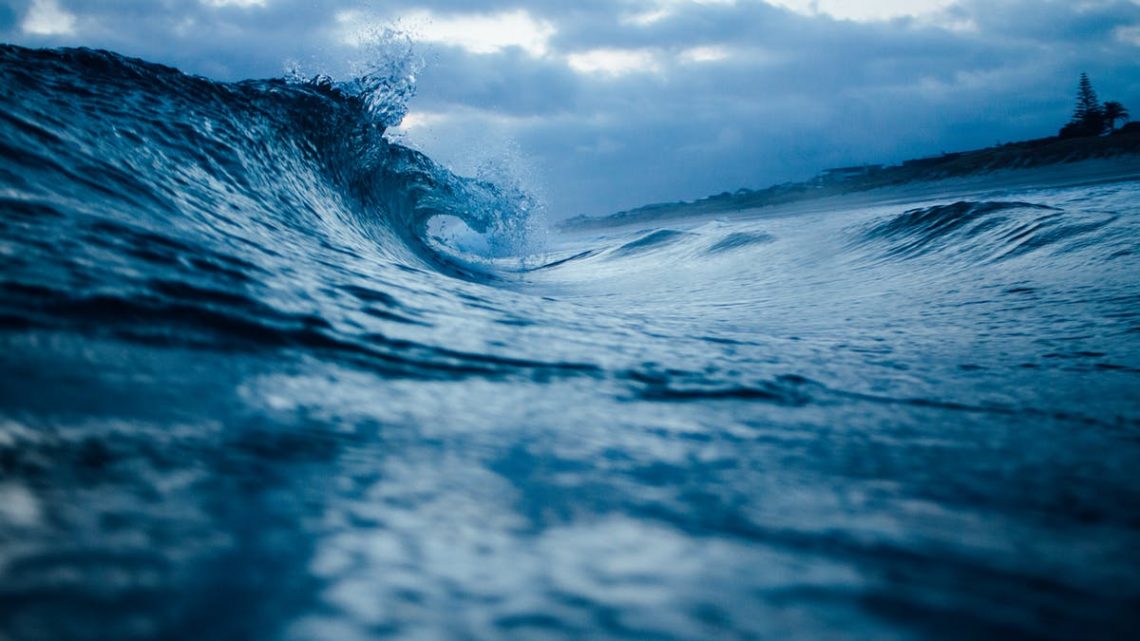June 8th marks the United Nation’s introduced “World Oceans Day”, dedicated to the healthy being and prosperity of the waters of the world and the creatures housed within. Hence, this year, as the world celebrated the day of the oceans, renowned research groups have proposed some ugly effects the climate change and worsening water conditions might bring forward in near future. And, according to the researchers, numerous natural wonders are at higher risk of horrible consequences, the dryer climates, stronger storms and rising sea levels have to offer.

Oceans are considered to be the lungs of the planet, a critical part of the biosphere and are a major source of food and medicine. And, as 70% of the Earth’s surface is covered with Oceans, the damage to Oceans and its habitat has severe effects on both humans and environment.
Hence, it is being said, the natural wonders of the world are also at greater risk of deterioration, if the water levels in the Oceans continue to rise. And, decline of any of the landmarks would be a great loss, both for humans, who will no longer be able to experience the wonders and for the ecosystems and species that depend on the sites for survival.
However, besides mankind’s contribution, another major reason of dangerous increase in sea levels is the climate change, and extreme weather conditions. And, focusing on that, Norway-based outdoor guide company Outforia used research and predictions from a plethora of published scientific papers to illustrate what could happen to 10 beloved landmarks if drastic measures are not soon taken to reduce greenhouse gas emissions. The company chose which natural wonders to feature is based on sites that mean “a lot to a lot of different people,” stated Carl Borg, founder of Outforia.
Hence, here are some natural wonders that may be destroyed by climate change and escalation of sea levels.
1. The Alps
The Alps, the expansive mountain range that stretches across much of mainland Europe, may lose the glaciers and optimal ski conditions it is best known for if temperatures continue to rise.
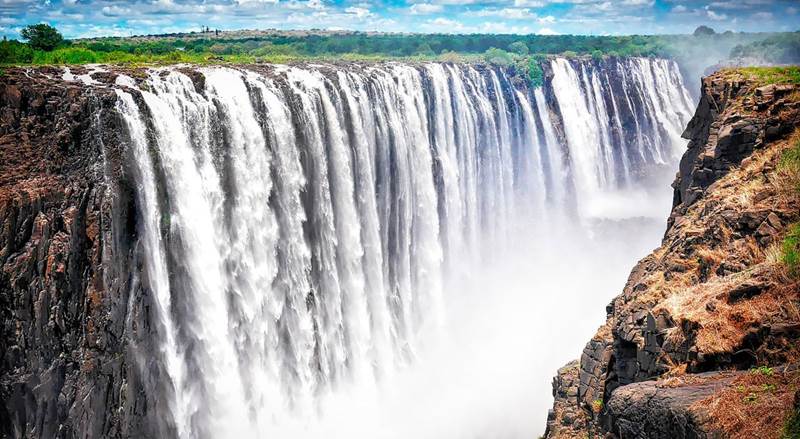
“The warming temperatures are affecting both the composition of the permafrost that holds the rocks together as well as the volume of the snow,” stated the European Environmental Agency.
Therefore, if climate changes continue, the currently snowy, milky destination is likely to transform into a Greenland.
2. North Pole
Polar sea ice helps to regulate Earth’s climate by reflecting the sun’s energy back into space, rather than allowing the dark seawater to absorb the radiation and make the global climate even warmer.
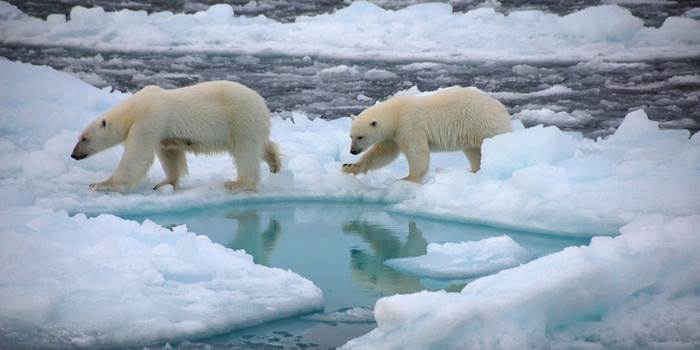
But, on account of worsening climatic conditions, “Sea ice in the Arctic could disappear altogether by 2035 due to warming climates, which could potentially impact both organisms living in the North Pole and humans living thousands of miles away,” according to a 2020 study published in Nature Climate Change.
“That’s 14 years from now, where the North Pole will only be reachable by boat for the first time in human history,” Borg commented.
Read More: China reports first human case of H10N3 bird flu
3. Victoria Falls
Victoria Falls, the waterfall on the Zambezi River in Africa, where water gushes more than 300 feet below, could dry up as a result of climate changes.

Back in 2019, the falls had slowed to a trickle after the worst drought in the region in a century. The event, which included the lowest water flow since 1995, was described as “a stark reminder of what climate change is doing to our environment.”
4. The Great Salt Lake
The eighth-largest terminal lake in the world “the Great Salt Lake” is losing its volume at alarming rates, and climate change is partly to blame.
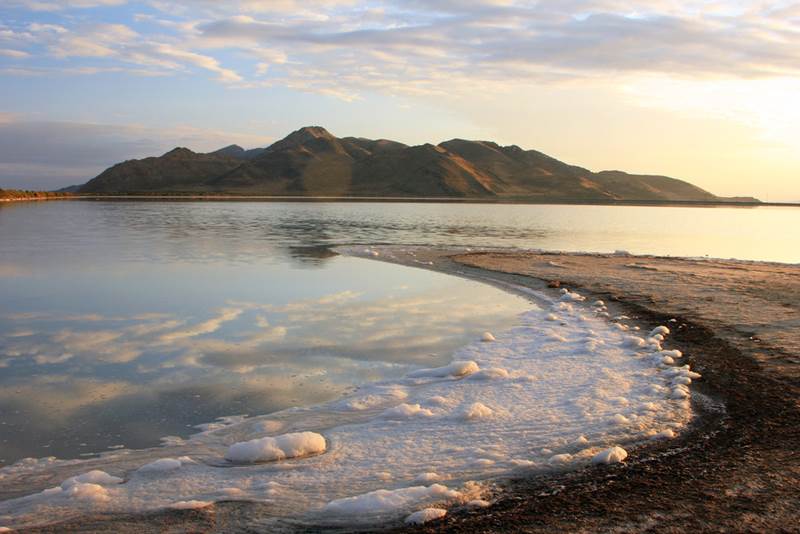
As of 2017, the lake had lost half of its water since the first settlers, Mormon pioneers, arrived in 1847, according to a study published in Nature Geoscience.
Here to mention, this natural wonder is the largest saltwater lake of the world.
5. Joshua Trees

The nature’s gift to Southern California, the iconic Joshua trees could disappear as a result of warming temperatures and climate changes. Scientists predict that Joshua Tree National Park, nestled near the Colorado Desert and the Mojave Desert, will lose almost all of its Joshua trees by 2070, when the suitable habitat is predicted to be whittled down to just .02% of current levels, according to a 2019 study published in Ecosphere.
6. Great Barrier Reef
The underwater ecosystem in the Great Barrier Reef, the largest living structure in the world, is at risk of losing both its coral and the organisms it houses. As the climate warms, coral bleaching occurs. When the water is too warm, the algae the corals expel from their tissues cause them to turn completely white.
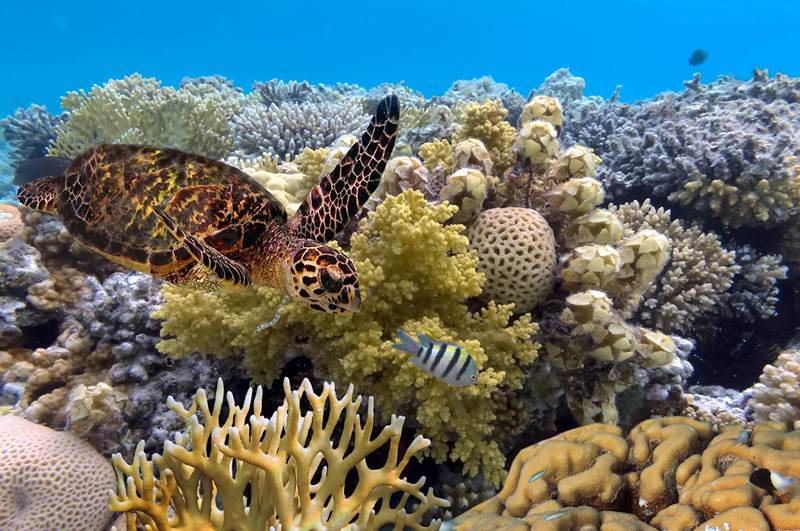
The Great Barrier Reef has lost half of its coral since 1995, a study published last year in the Proceedings of the Royal Society B found.
To conclude, if the water levels continues to escalate on account of the unpleasant climate changes, the natural wonders of the world will not only be altered forever, but will also cease to exist someday.
